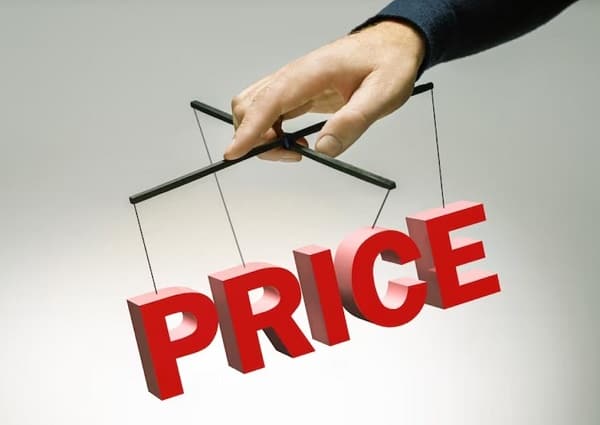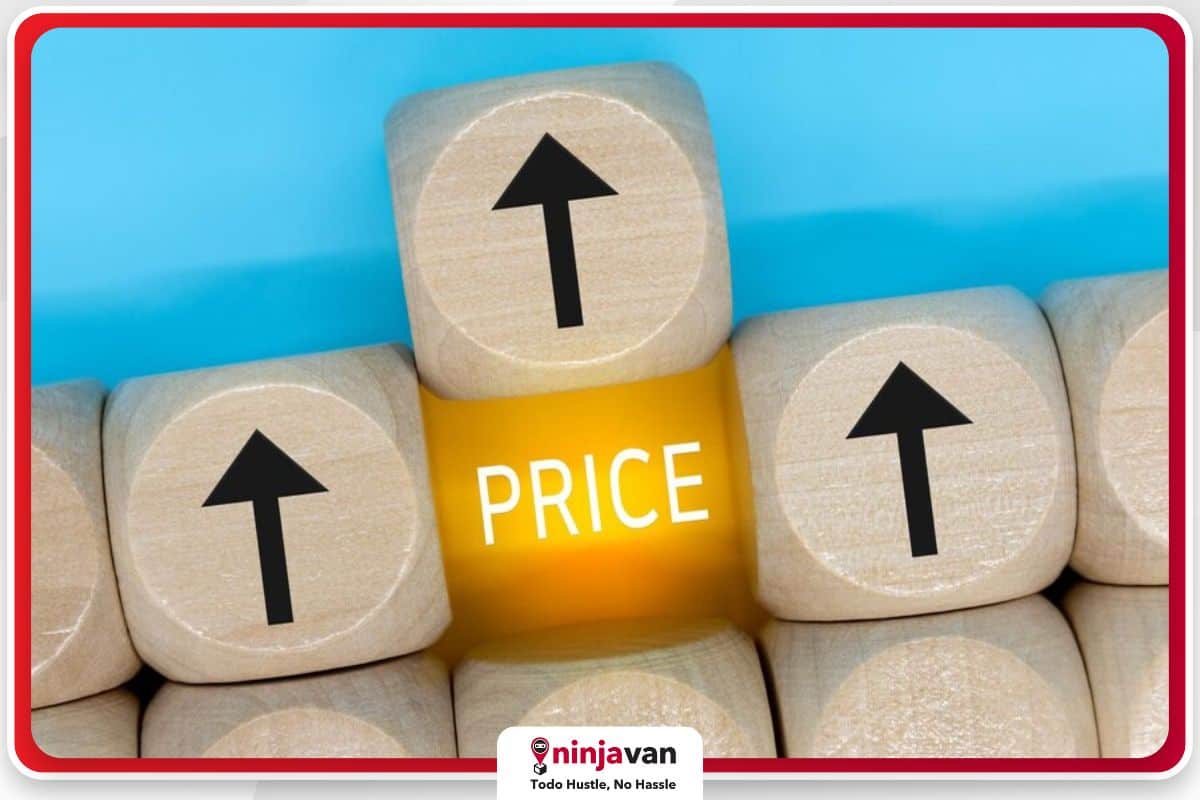Big and small businesses face tough competition in today’s ever competitive digital landscape. As the internet makes it easy for brands to tap their target audiences, the market gets more and more saturated.
With this in mind, it’s crucial to stand out not only with quality products, they should also be priced right.
But what are the factors that affect product pricing, and how can you set effective pricing strategies to attract more customers and increase sales?
Also read: The Benefits of Postpaid Shipping for E-commerce
Factors affecting product pricing
There are several things to consider when planning your ecommerce pricing strategy. It’s not just about the product’s base cost and how much profit you want to make from it. Some factors that affect your pricing include:
Competition. The first thing to do is check out what are your competitors charging, and how they position and price their products. It’s best to stay at par with their pricing. Sell your items at a lower price if you can afford to but if not, and find ways to offer a better deal to customers.
Market demand. The law of supply and demand remains an important factor in ecommerce pricing. When there’s more demand for a product compared to its availability on the market, sellers can set a higher price.

Market trends and industry shifts. It’s a must to monitor emerging market trends and shifts in your chosen industry or niche as it has a direct impact on your pricing direction. Being one of the early ones to respond to these trends and demands can give you a competitive edge.
Economy. Specific conditions, such as inflation or recession, can influence consumers’ purchasing power, behavior and price sensitivity. Make sure that you’re responsive to these crucial changes in the economy as you plan your pricing and cost.
Your profit goals. Even before starting your business, you should figure out your financial objectives and goals. They play a major role in your costing and how it changes in different seasons of your business. Striking a balance between profitability and market competitiveness is a safe bet for a small business to survive and thrive.
Read about 4 Ways to Grow Your Ecommerce Business.
Production costs. Finally, understanding your cost structure is a basic need for pricing correctly and competitively. It’s also one of the variables that you can somehow control and manage.
Higher production costs would directly mean higher prices unless you can find alternatives and ways to take off some of the costs through optimization in your operational processes.
8 effective ecommerce pricing strategies you can use
With these factors in mind, you can now start planning your ecommerce pricing strategies. There are some variables that you can control, and there are others that you can’t.
To be successful entrepreneurs, it’s part of our journey to learn effective pricing techniques to keep our businesses afloat and competitive.

Value-based pricing
This ecommerce pricing strategy focuses on your customer’s perception of how much your product is worth. If your shop offers unique and highly valuable or in-demand products, you can use this tactic.
For example, you’re selling a skincare product that promises to remove warts in a few weeks. This approach allows for premium pricing if customers believe they’re getting exceptional value out of your product.
Dynamic pricing
This pricing tactic is dependent on customer demand. It changes in real time that’s why it’s also known as surge pricing, demand pricing, or time-based pricing.
It follows the rule that when there is more demand or surge, prices go higher as well. Businesses that use this approach take advantage of real-time data and algorithms to adjust prices based on demand, inventory levels, or even the customer’s browsing history.
Bundle pricing
You can offer bundled packages consisting of multiple products in your shop at a discounted price. This technique focuses on the idea of consumer surplus, or the difference between the amount a customer is willing to pay and the actual price of the item(s).
Bundle pricing creates a sense that customers are getting more for what they paid for, thus encouraging them to buy more. Use this strategy to get more customer surplus while still giving them a good deal.
Subscription pricing
Use this tactic to create subscription models that provide customers with ongoing value while securing a predictable revenue stream for your business. A good example of this strategy are those snack box or clothing box subscriptions.
There are many benefits when using this method for both the business and the customer. Customers can enjoy smaller, automatic and predictable payments. They can also customize product use according to their needs.
Meanwhile, you can take advantage of predictable revenue, easy inventory management, and customer loyalty and retention.
Geographic pricing
Product or service costs would be based on geographic regions, accounting for various factors including shipping costs, taxes and manufacturing expenses. You may use this pricing method when offering your products internationally.
#NinjaTip: To keep ecommerce operational costs low, Ninja Van offers exclusive shipping rates to our big-volume shippers. They also enjoy Fast COD remittances and Low COD Fees! Find out how you can enjoy them, too!
Tiered pricing
The most basic example of this technique is how concert tickets are sold. Business owners would offer customers varied price points based on specific features and benefits. This approach also provides customers a way to choose how they want to consume a product or service depending on their needs.
Psychological pricing
This is an effective ecommerce pricing strategy that plays on psychological factors to make prices more enticing to a customer. This technique is also called “charm pricing” for this reason.
An example is when an item originally priced at P100 is sold for P99. From a customer’s perspective, this seems like a better bargain.
Loss leader pricing
This is a technique used by retailers to sell some items at a low price in the hopes of enticing customers to make additional purchases. This is mostly used in sale events, deals, and introductory prices for new products.
Also read: The Impact of Double Day Sales in the Philippines
Find the right pricing tactics for your online shop
With saturated and highly competitive online selling platforms, there’s merit in setting correct product prices to increase your sales and build customer loyalty and retention.

It helps to deeply understand the market — its dynamics, your competitors, your customers, as well as your business objectives, and overall process and logistics. As you carefully consider the factors that would affect your business most, you’ll be better prepared to manage and improve your ecommerce pricing strategies.
In the end, the key is to remain flexible and attentive to market changes, and be ready to adapt to keep your online business strong. And remember to work with the right courier service to get hassle-free deliveries of your orders.
Ninja Van provides customized logistics solutions to help your ecommerce business grow and stay competitive. Learn what Ninja Van can do for you.
More tips to optimize your online business:
The Benefits of Postpaid Shipping for E-commerce
What is SKU and How to Use them for Your Business
How You Can Enjoy Ninja Van Shipper Rewards and Perks






